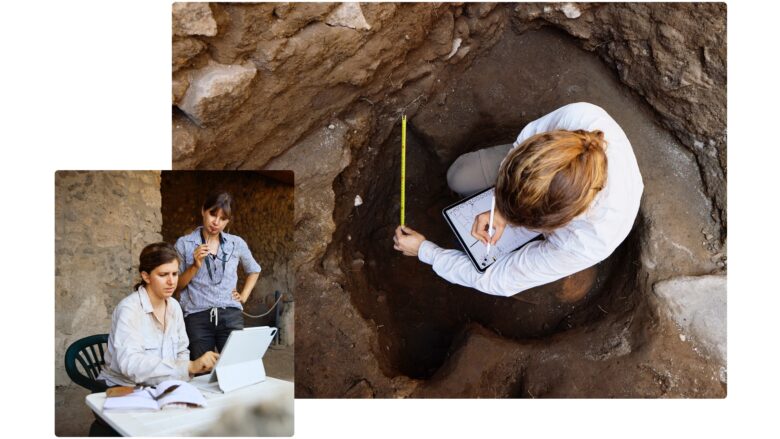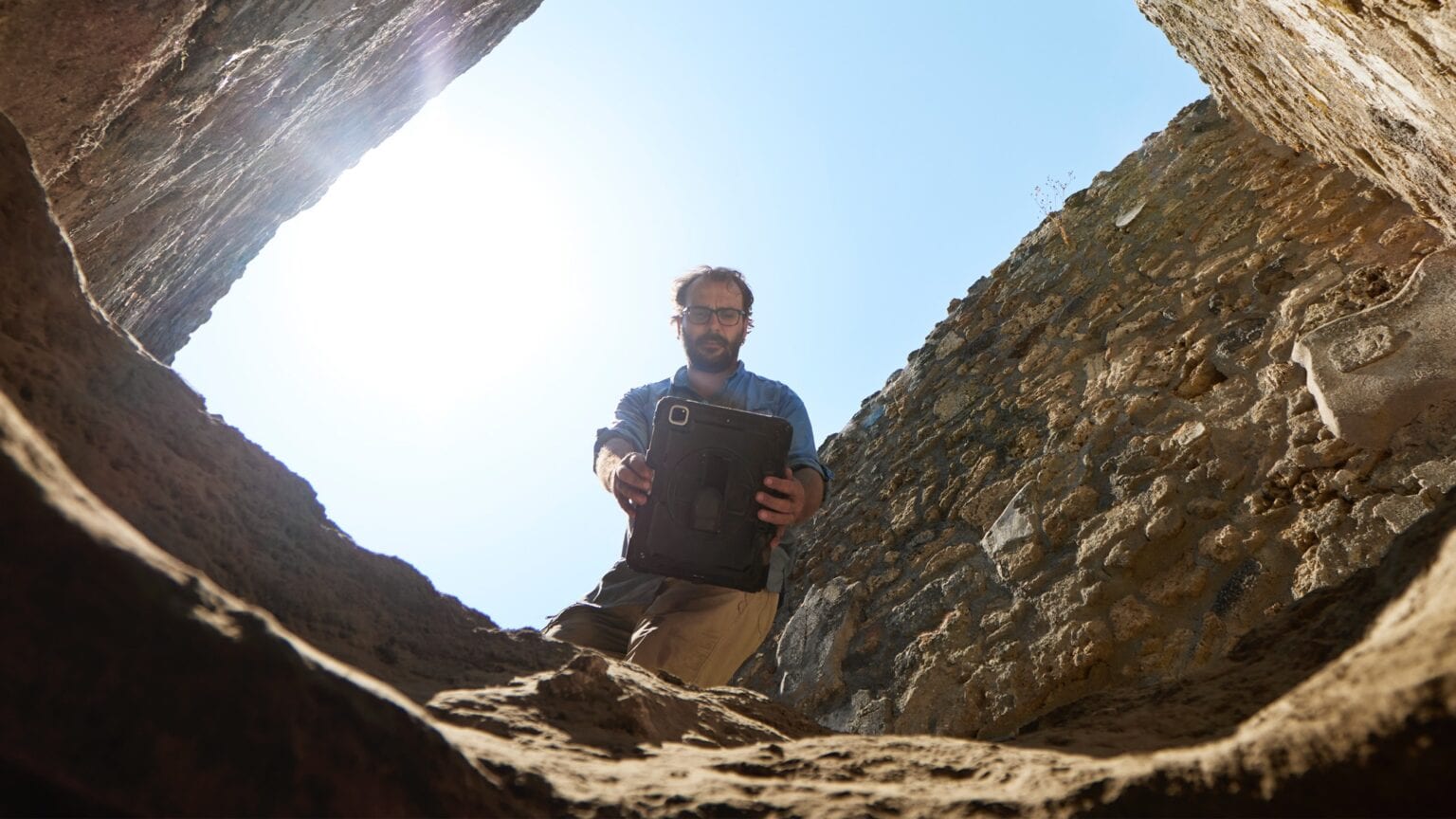The iPad has joined the traditional tools of archeology. Along with shovels, brushes and buckets, the team excavating Pompeii uses Apple’s tablet to record what they find.
“iPad is the perfect archaeology machine,” says Allison Emmerson, who is leading the dig at the long-buried Roman city.
iPad Pro is an important part of excavating Pompeii
The city of Pompeii was famously destroyed when Mount Vesuvius erupted in A.D. 79. The ruined city, which lies near Naples on the west coast of Italy, was covered by up to 20 feet of ash during the catastrophic explosion. The ash helped preserve the site for later exploration, offering a fascinating glimpse into what life was like during the Roman Empire.
Emmerson and her team spent five weeks digging there this summer. During the exploration, iPad Pro stood at the center of her team’s workflow.
“Archaeological excavation is a destructive process — once a location has been dug, that work can never be repeated — so our most essential concern is thorough recording of all relevant data so that future researchers can ‘reconstruct the site,’” says Emmerson. “iPad Pro allows us to collect data faster, more accurately, and more securely than any other tool, and has the processing power we need to aggregate that information and present it in a way no one has before.”
iPad enhances digital archeology

Photo: Apple
Previously, archeological digs were recorded with pencil and paper. The data was later entered into computers. “Every night involved many hours transferring your day’s notes onto your computer,” said Jordan Rogers, one of two excavation supervisors on the Pompeii project.
But the iPad changed all that. “It’s really incredible how much more effective and efficient it’s made the process of data capture, especially with Apple Pencil,” said Rogers.
He also used the LiDAR Scanner on iPad Pro in combination with Laan Labs’ 3d Scanner App to create three-dimensional maps of the excavations.
Rogers isn’t the only archeologist on the team that’s been won over by Apple’s tablet.
“I’m sketching trench plans in Concepts with Apple Pencil, I’m taking photos with the camera, I’m typing in my observations on the Magic Keyboard,” said Mary-Evelyn Farrior, the other excavation supervisor. “I’m able to bring all of these things together at incredible speed — and the battery has lasted all day in extreme temperatures and the dusty environment of the excavation.”
This January, digital archaeologist Alex Elvis Badillo and his colleagues will present the database created at this summer’s Pompeii dig during the annual Archaeological Institute of America conference. They plan to discuss how the iPad Pro aided in its creation.
Source: Apple


